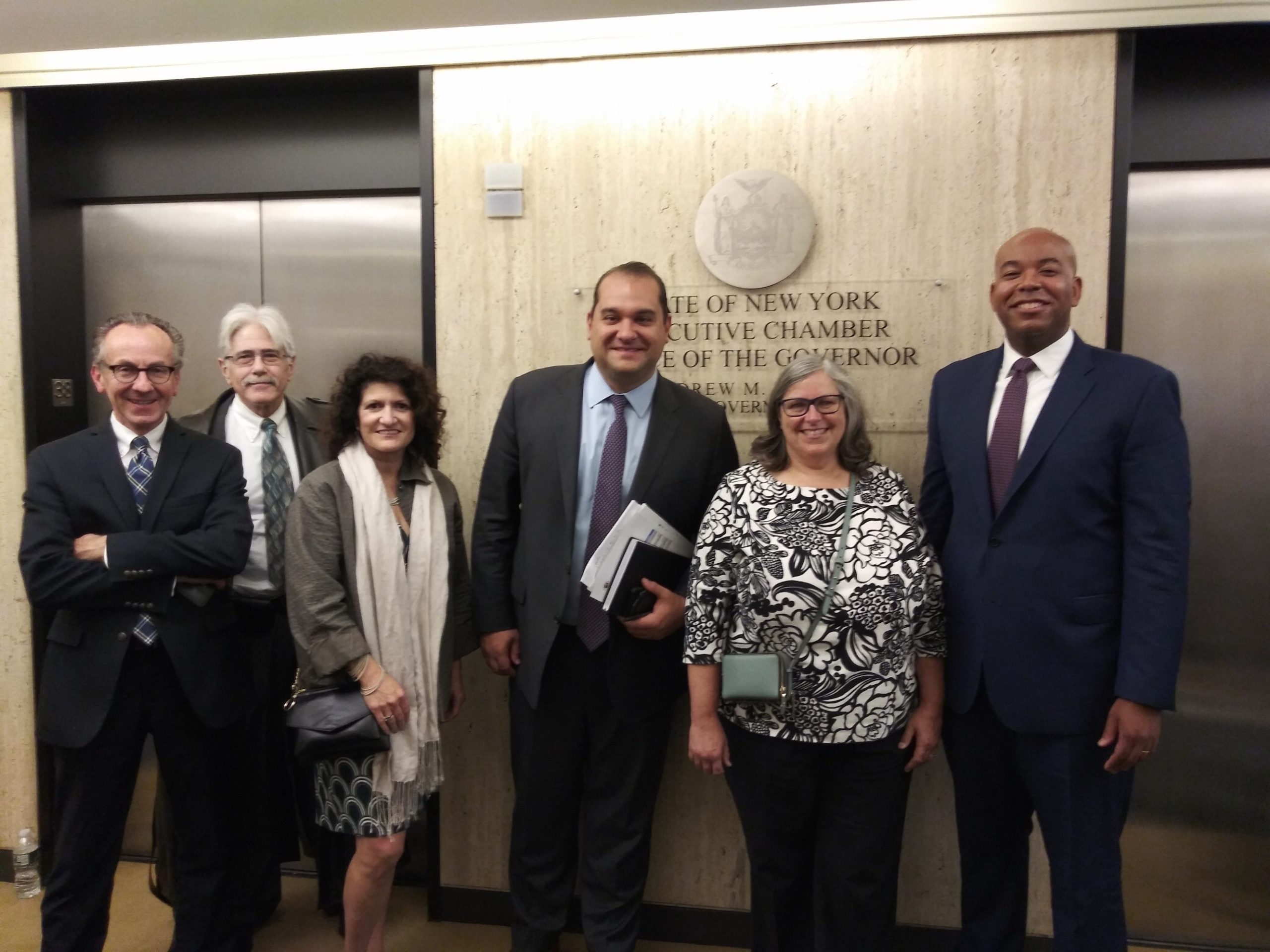Decision Issued in Kessler Case
On February 14, 2023, the New York Court of Appeals issued its decision in the case of Bank of America v. Kessler. As you are aware, last year, the Kessler decision issued by the Second Department resulted in a significant upheaval in the state, resulting in a plethora of dismissals or voluntary discontinuances due to 90 day notices containing additional information including disclosures required by Federal law.
NYMBA was one of multiple trade organizations that filed an Amicus Brief with the Court of Appeals on this case, recognizing the impact that the case had on its members and industry as a whole. Today, we are excited to announce to our members that the Court of Appeals reversed the decision issued by the Second Department Appellate Division, holding that the inclusion of concise and relevant additional information did not void the notice sent pursuant to Real Property Action and Proceedings Law §1304.
In reviewing the objectives of the legislature in enacting §1304, the Court identified two parts to review: (1) that the notice “shall include” the specified language; and (2) the notice must be sent in a separate envelope. Relying on the plain language and reading of the statute, the court determined that, in reference to the wording “shall include,” the legislature did not intend for the notice to only include the statutorily required language. As such, as the notice in Kessler included the required language per §1304, the notice complied with the requirements.
The focus then shifted to the main issue at the heart of the case as to whether the additional language violated the separate mailing requirement by constituting “other mailing or notice.” The Court of Appeals noted that to read this provision as the lower courts and apply a bright line rule “would lead to nonsensical results.” The Court clarified that “other mailing or notice” refers to notices such as default notices, interest rate changes, monthly statements, or servicer change letters. However, again looking to the legislative purpose of §1304, the Court concluded that since §1304 was designed to help borrowers avoid foreclosure, the inclusion of additional rights actually furthered the purpose of §1304. Finally, the Court noted that applying the bright-line rule also would conflict with the disclosure requirements of federal law.
Please note, the Court was conscious to note that additional language should not be “false, misleading, obfuscatory, or unrelated to the purpose of the notice”, and inclusion of such language could still void the notice.
Submitted by: Natalie Grigg, Partner of Member firm Woods Oviatt Gilman




